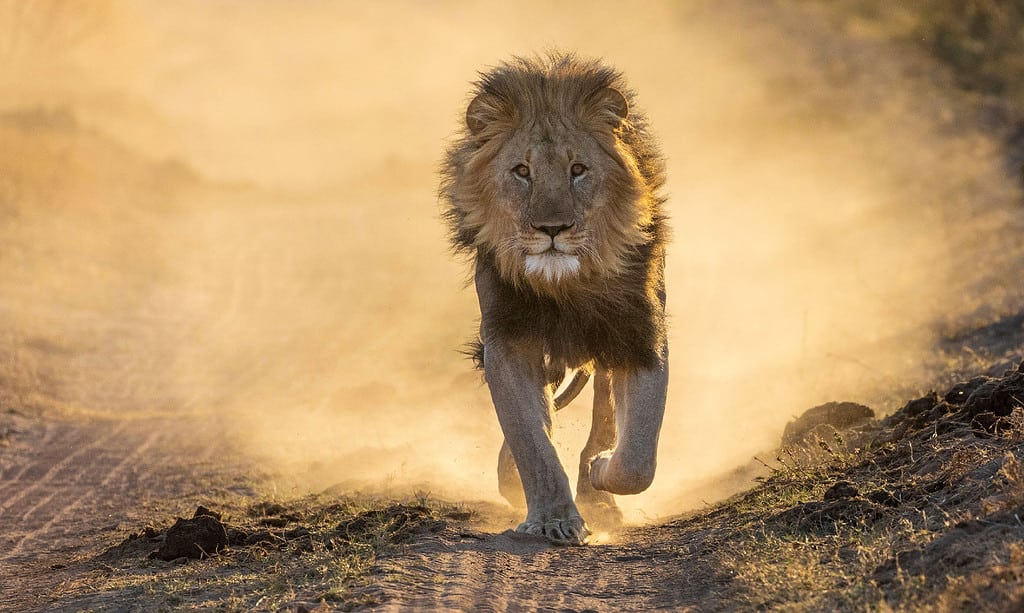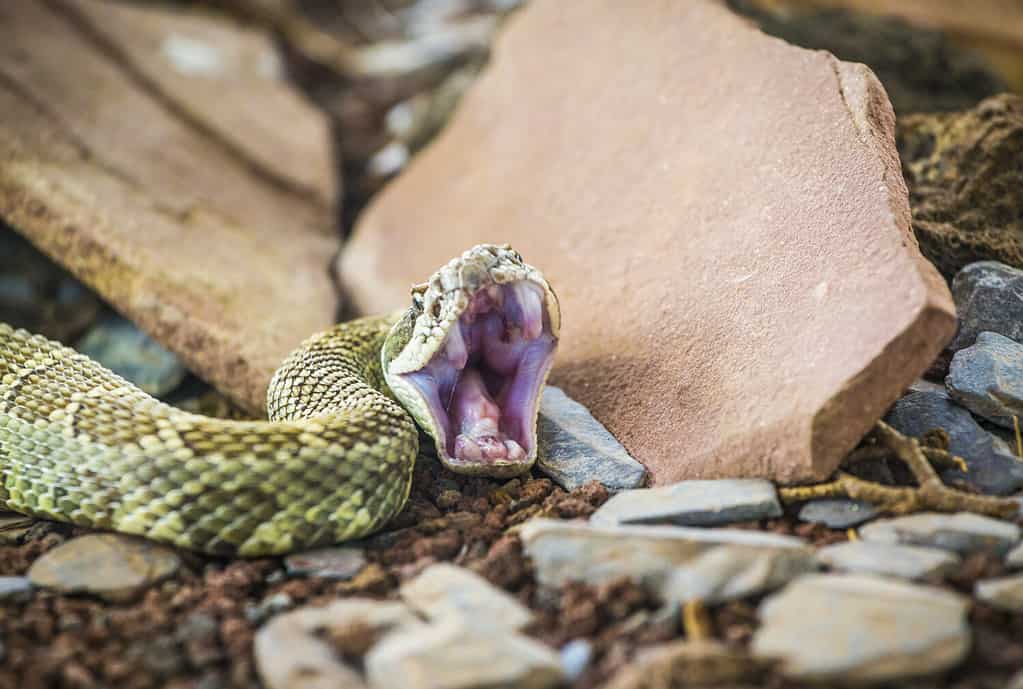Herbivores eat plants but they can also be predators. They keep plant populations under control and transfer energy across trophic levels.
Predators Meaning
Predation is an interaction between predator and prey. Predators are organisms that kill and eat other organisms, known as prey. Predator species typically have special adaptations that allow them to hunt and kill efficiently, such as sharp claws, acute senses, or strong jaws. Predation is a common feeding behavior in the animal kingdom. It’s how many species survive. But prey, in an effort to survive, also have adaptations that make it more difficult for predators to win. These conflicting organisms are in an evolutionary arms race to see who comes out on top.

Lions are a great example of carnivorous predators
©iStock.com/Wirestock
Predators Examples
When you think of a predator, you might picture a huge polar bear or lion. And you would be correct. But there are many types of predators, from giant sperm whales to small meat ants and carnivorous plants. Large predators, like lions and tigers, stalk their prey before pouncing and devouring. And small predators, like sea stars, can latch onto sediment with their spines and consume snails, clams, and other shellfish. And some predators are invisible to the naked eye, such as microorganisms. Bacteria actually kill and eat other bacteria.
Types of Predators
There are three types of predators: carnivores, herbivores, and parasites. Carnivores are your typical predator that kills and eats other animals. Lions are an example of carnivorous predators. Herbivores eat plants, but they can also be predators. They keep plant populations under control and transfer energy across trophic levels. Cows and goats are examples of herbivorous predators. And parasitic predators consist of organisms that live in a host’s body, using it for survival and reproduction. The host may or may not die from this interaction, but they lose energy.

Rattlesnakes have special adaptations, such as deadly venom
©Clement Horvath/Shutterstock.com
Predator Adaptations
Predators have many adaptations that make them deadly to prey. Here are a few.
- Camouflage
- Sharp teeth and claws
- Acute senses, such as better vision or sense of smell
- Forward-facing eyes
- Mimicry
- Agility and speed
- Infrared vision
- Thick skin
- Strength
- Chemical defenses, such as toxins, venom, and poison



